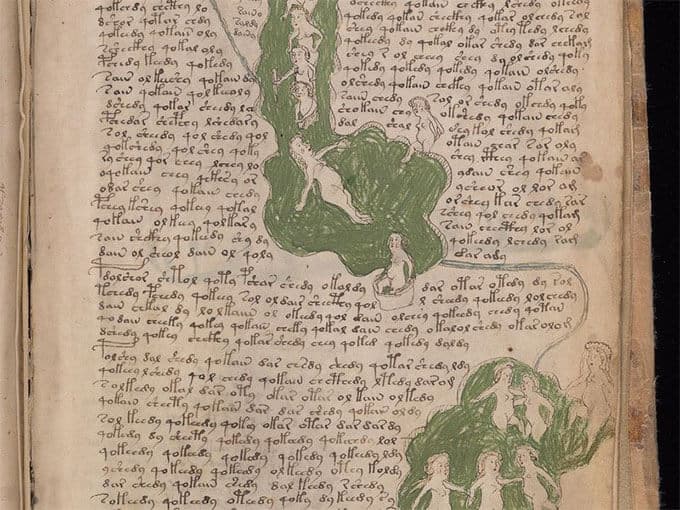If you love reading and you love old handwritten documents, here’s a suggestion: some rainy Sunday afternoon, make yourself a cup of your favorite tea, curl on the couch with your tablet and read some of history’s most famous books in their original handwritten form.
One of the most recent to show up online is Mary Shelley’s Frankenstein, made available by the Shelley-Godwin Archive.
The collection offers both her notebooks and her working drafts of the book. Fortunately, the pages are accompanied by a helpful transcription of the text, exactly as it was written, because her handwriting looks like maybe she was dictating to Frankenstein’s monster.
And that’s only the beginning.

- There are 1,100 pages of Jane Austen’s handwritten fiction online, the sprawling script faded, but still legible.
- Lewis Carroll’s handwritten Alice’s Adventures Under Ground, with texts and illustrations, is available from the British Library online.
- Princeton University offers a working draft of The Great Gatsby by F. Scott Fitzgerald, neat handwriting with many cross-outs, written in what appears to be pencil.
- Charles Darwin’s (quite illegibly) handwritten and hand-drawn scientific research papers, field notebooks and writings that led to Origin of Species are online from the American Museum of Natural History.
One excellent comprehensive source for handwritten manuscripts is British Literary Manuscripts Online, which offers documents ranging from 1600 to 1900 and includes authors such as Charles Dickens, Charlotte Bronte and Robert Burns.
(There’s one major drawback to this database, though. BLMO is subscription only, and only institutions can subscribe. You’ll need to access its archives through a public library or university’s subscription.)
Harvard University also offers a fascinating online repository of handwritten manuscripts of “commonplace books,” which seem to be the historical equivalent of our own journals/notebooks.
Commonplace books serve as a means of storing information, so that it may be retrieved and used by the compiler, often in his or her own work.
Like mysteries? Then there’s one handwritten manuscript online that you must read: the Voynich Manuscript.

Discovered by Wilfrid Voynich in Italy in 1912, the handwritten book filled with botanical, biological, astronomical and other illustrations has continued to stump researchers for more than 100 years.
The reason: It’s written in an unknown language, and most of the plant illustrations do not match any known to exist. The book has been carbon-dated to the early 1400s, but there is little else known about the book. It has defied all translation by linguists, as well as cryptologists.
The manuscript is available online through Yale University. Figure out its contents, and you could become famous.
(Not online, but worth mentioning because, well, it’s Guillermo del Toro is his new book Cabinet of Curiosities, which reproduces the creative notebooks he has used over the years in making his films, including Hellboy and Blade.)
Now, one problem when trying to read manuscripts handwritten a century or two ago is deciphering the actual handwriting. That in itself is a field of study called palaeography.
Luckily, there are a few sites where you can learn how to do it.
The UK’s National Archives offers a free online palaeography tutorial for reading documents written between 1500 and 1800. The University of London also offers what looks like a more structured free palaeography course online.
Now, all of that should be plenty for a rainy day, or more likely, several rainy days.
If you make any amazing discoveries, we want to be among the first to know.
Wow these documents could really provide some great examples to enhance my calligraphy. Thank you